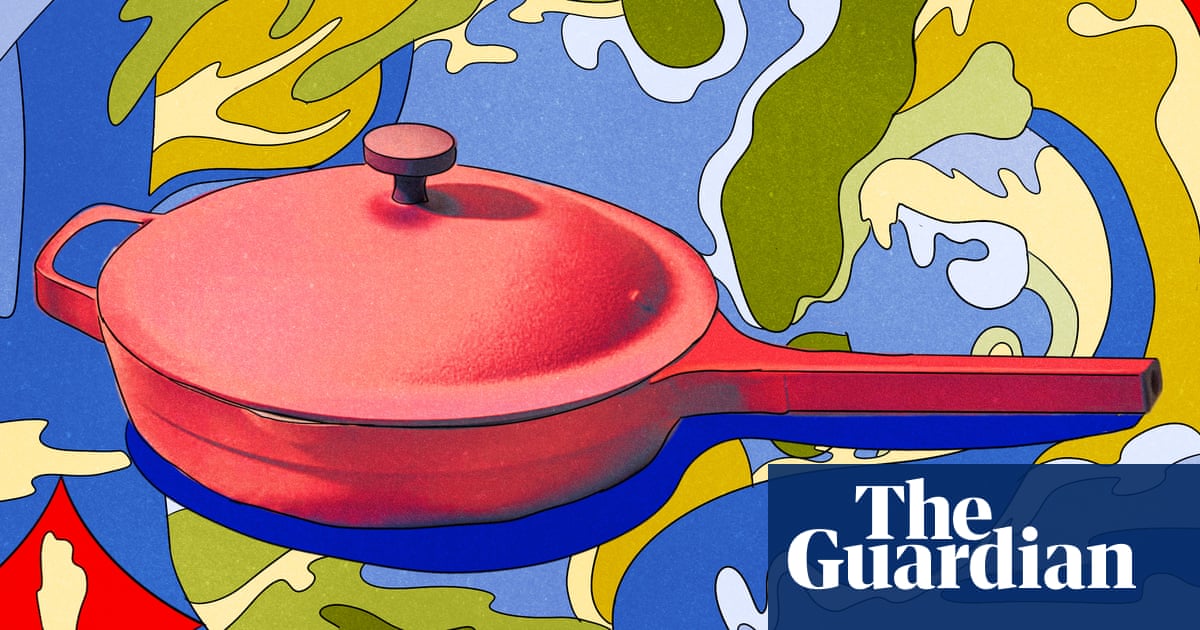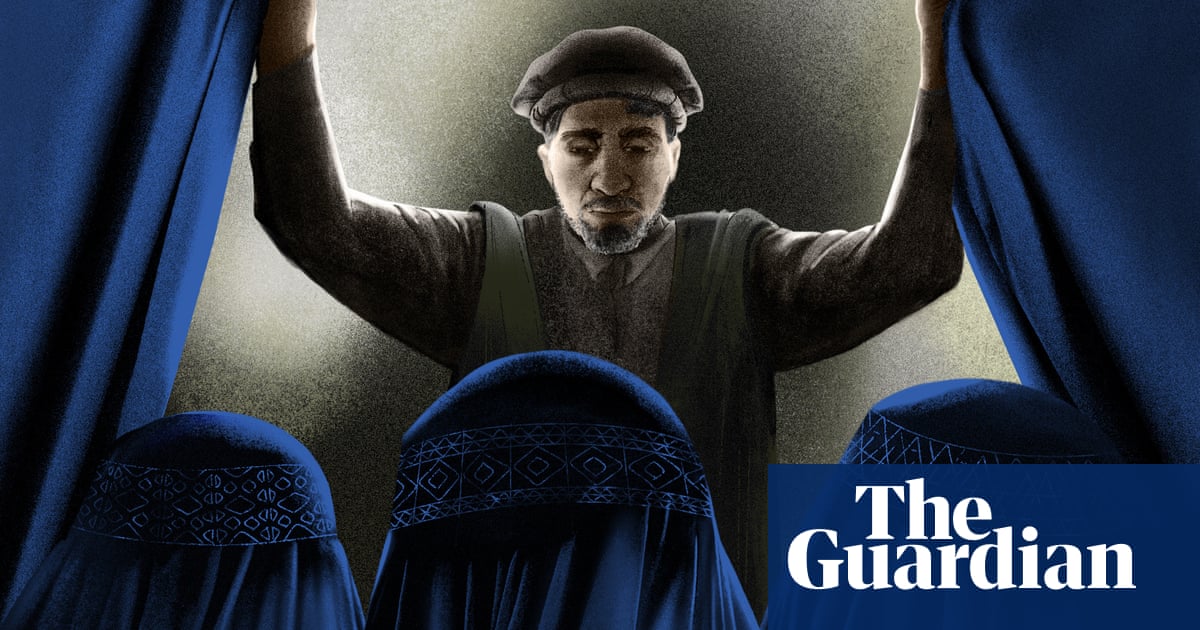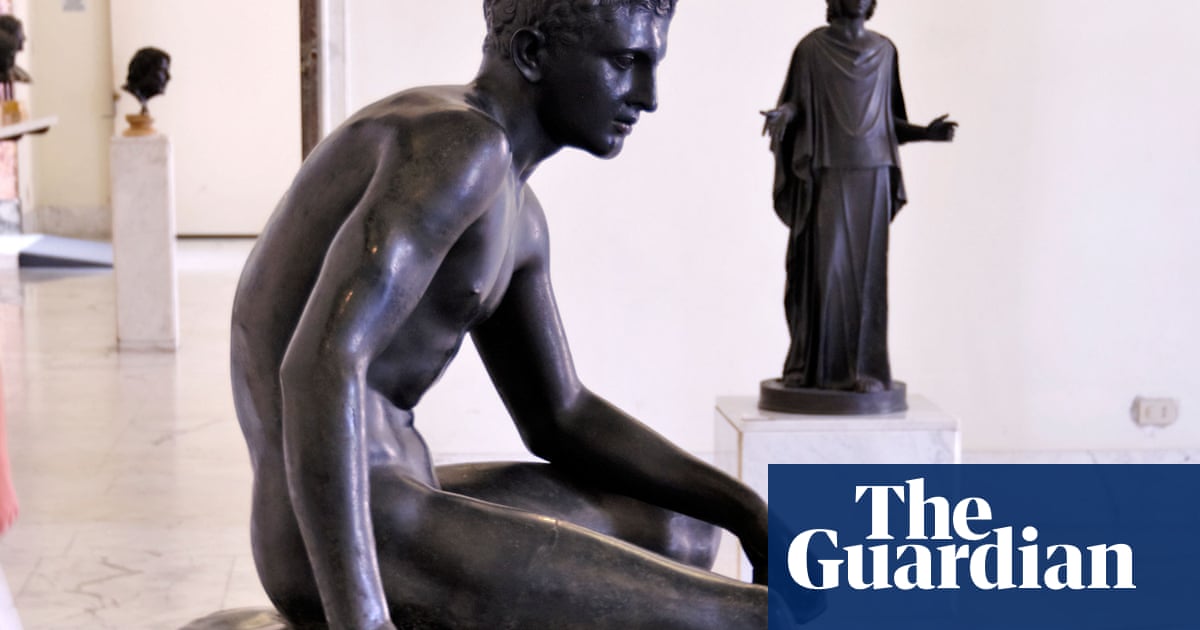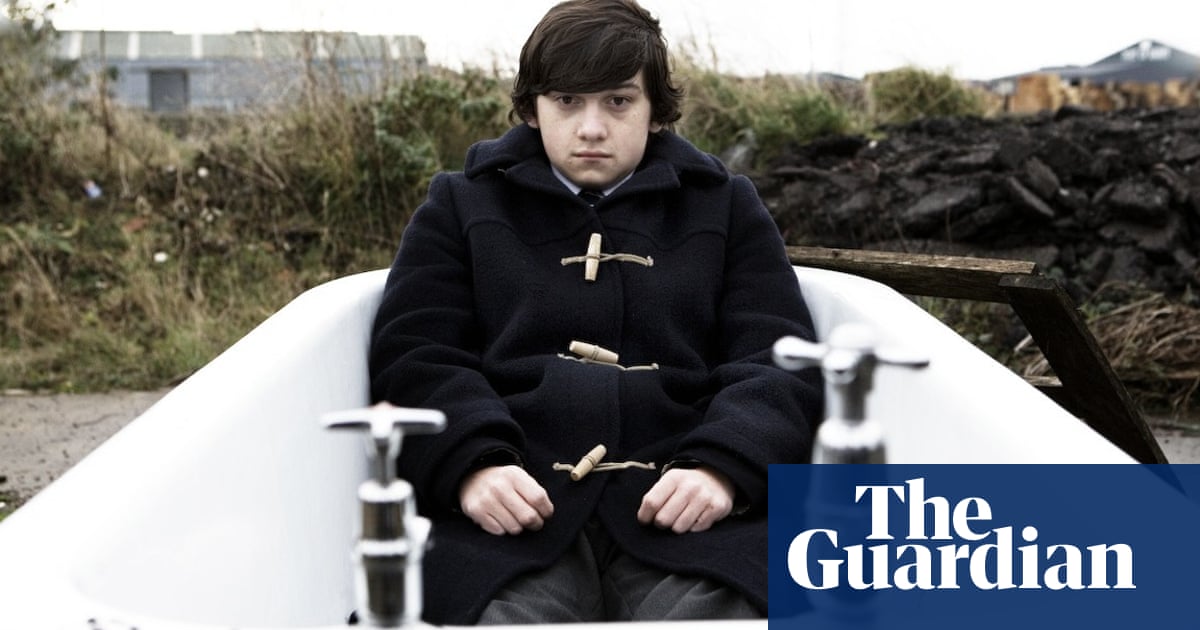A young woman sits reading, a pot of tea to hand, her blue dress almost the only colour in a still, sandy room. Gwen John’s painting The Convalescent shows a subdued yet happy moment, for this woman is free to think and feel. That, we see in Judith Mackrell’s outstanding double biography of Gwen and her brother, was her ideal for living: to be at liberty even if that meant existing in deepest solitude.
The quietness of a life spent largely alone in single rooms, reading, drawing, painting and occasionally having wild sex with the sculptor Rodin, is counterpointed in this epic narrative by the crowded, relentless, almost insanely overstimulated life of Augustus John. Lion of the arts in early 20th-century Britain, he was a bigamist, adulterer, father of so many children you lose track (so did he), and an utterly forgettable painter.
Today, we take Gwen John’s posthumous triumph over her brother for granted. While “Gus” – as he was known in their childhood in Tenby, Wales, and to her always – was toweringly famous in his lifetime, portraitist of Lawrence of Arabia and James Joyce, he’s dust now. Growing up in Wales, I liked his portrait of Dylan Thomas on the cover of a biography: curly-haired, baby-faced, rebellious. I didn’t have any idea of the story behind it. As Mackrell relates, Augustus began a relationship with a teenager, Caitlin Macnamara, which she would come to see as abusive, punishing him by having a very physical flirtation with Thomas in front of him. Soon afterwards, she married the poet. Guilty and confused, Augustus would leave money in his coat pockets for the penniless couple to steal.
Augustus’s exploitation of the future Caitlin Thomas is the only occasion Mackrell judges him. By this time, in the 1930s, we’ve had some jaw-dropping antics. Gwen and Augustus both studied at the Slade, the first British art school to admit women, in the 1890s. Gus married Ida Nettleship, also a Slade student and Gwen’s friend. How romantic, except he rapidly fell for model Dorothy McNeill whom he rechristened “Dorelia”, persuading his wife to accept Dorelia in a menage that was to last until Ida died after giving birth to her and Augustus’s fifth child. No one in their circle complained – except Ida’s mother.
Gwen was no cardboard saint either. She shared her brother’s belief that being an artist meant freedom from the Victorian bourgeois morality they’d been born into – Gwen in 1876, Augustus in 1878. All her life she would have sexual feelings for women as well as men. She persuaded Dorelia to sail to France with her and walk to Rome. They made it as far as Toulouse where Gwen portrayed her beautifully. In Dorelia in a Black Dress, she wears a flare of pink on her shoulder and gazes at us with unkempt hair and a subtle half smile. Even when it came to painting Augustus’s muse, Gwen outdid her brother. His 1908-9 painting of Dorelia, Woman Smiling, was once acclaimed as a modern Mona Lisa but now looks ridiculous: Dorelia’s grin is foolishly broad, she wears what Augustus saw as “gypsy” garb and poses heftily in a pastiche of Rubens. It is Gwen who captures what made Dorelia magnetic.
That’s easy for us to say and see. In the early 20th century it was Augustus who looked like the star. One reason is obvious: he was a man. He bounded on to the art scene, a good-looking youth who learned from his elder Whistler to wear memorable hats and an artist’s beard, seducing women after training himself on a Belgian brothel tour, a rebel dandy who was fascinated by the Romany. Gwen was shy, introverted, hard to know. “I don’t pretend to know anybody well,” she confessed. “People are like shadows to me and I am like a shadow.”
Augustus and Gwen had grown up together, both enthusiastic child artists, energetic thorns in the side of their widowed father. Is the contrast in their personalities the scar of gendered expectation? Mackrell goes far beyond a simplistic schema in mapping these lives. Gus is not a pantomime patriarchal villain, nor Gwen a feminist idol: they’re human.
The brother had a captivating generosity while his sister could be a tricky customer. Gwen complained that Augustus wasn’t replying to her letters at a time when Dorelia (who stayed with him for life) was ill and his son dying of meningitis. “There was a streak of ruthless self-absorption in her,” Mackrell writes , “a lack of charity and self-awareness.” Gus was quite supportive, but his own life was so complex, tragically so; he got distracted. One of the siblings’ worst fallings-out was over Gwen’s relationship with Rodin. When she confessed she was not only modelling nude for the great sculptor but sleeping with him, her brother expressed disgust that she was being used by this old man, 36 years her senior. Rodin told her she had un corps admirable.
Mackrell agrees. As a dance critic she brings an informed perspective to Gwen’s work as a model, judging that her “body, though small, was flexible and strong. She was elegantly proportioned, with small high breasts, narrow hips, long muscled legs, and a graceful neck – a woman who looked powerful in her nakedness.”
That nakedness is preserved in Rodin’s plaster statue of her as a Muse, looking gravely downward, for his unfinished Monument to Whistler. Gwen John had stepped into modern art.
The story of these two lives is the story of British art in the early 20th century. Artists like Augustus, despite walking – and shagging – like avant gardists, just could not break out of the expectations of “proper” painting demanded by the British public. In 1910, Van Gogh, Cézanne and other “post-impressionists” were introduced to Britain in a show organised by Roger Fry. Augustus felt crushed by this shock of the new. Meanwhile, in her pared-down, conceptual images of women alone, Gwen in Paris was a born modernist.
Her affair with Rodin was the great relationship of her life. He filled her with joy and agony, then moved on. Friends, including the poet Rilke, tried to help. But it took God to fill the void. When Gwen converted to Catholicism, Augustus was again shocked, for they had both been atheistic rebels against their Baptist upbringing.
Gwen’s life, from the outside, looked lonely, impoverished, eccentric, sad. She died after years of sickness at Dieppe in 1939, on a last trip to the sea, her burial site lost in the chaos of war. Yet her dedication to love, God and art seems fierce and wondrous now, her art a piercingly true autobiography. Meanwhile, Augustus is as slapdash in his paintings as his life.
Biography can be a glib genre, but Mackrell approaches her subjects with an almost novelistic sensibility. What is success, what is failure? This book raises big questions about how we can judge or know others.
One of Augustus’s best paintings is a 1907 portrait of WB Yeats that gives the poet black, mystical eyes as if he’s having a vision. I can’t help wondering whether Yeats thought of him when he wrote that the artist “is forced to choose / perfection of the life, or of the work”. This riot of a man believed he could have the two, and got neither. His sister, in her mystery, got both.

 4 hours ago
3
4 hours ago
3

















































